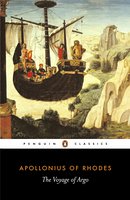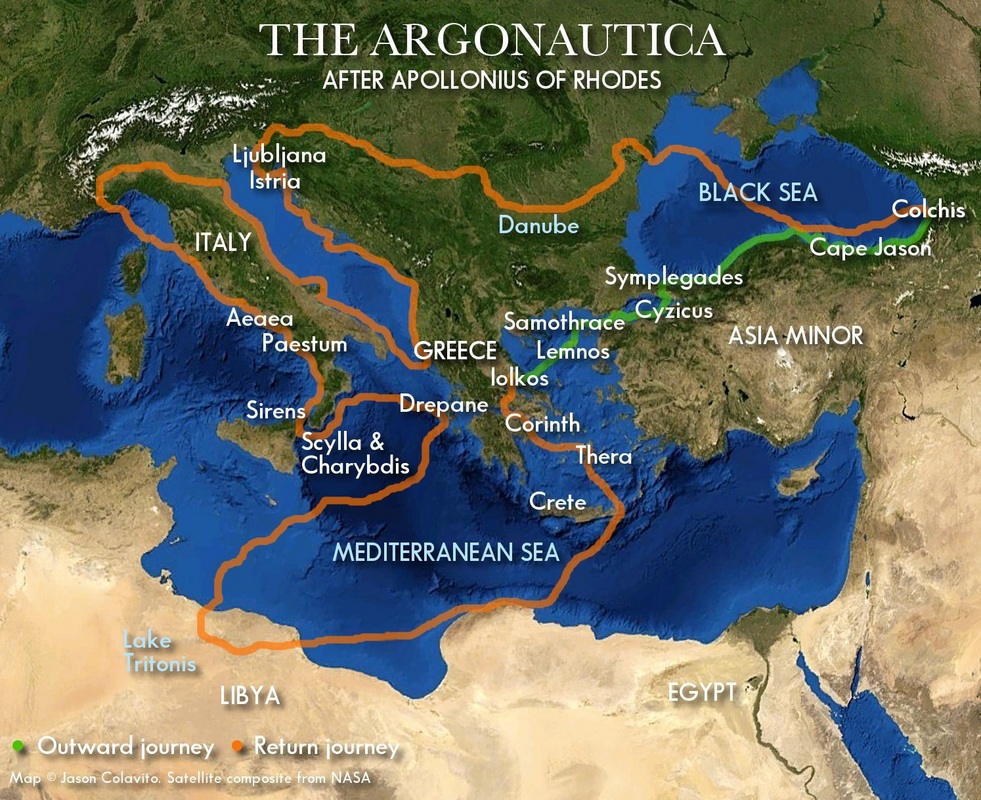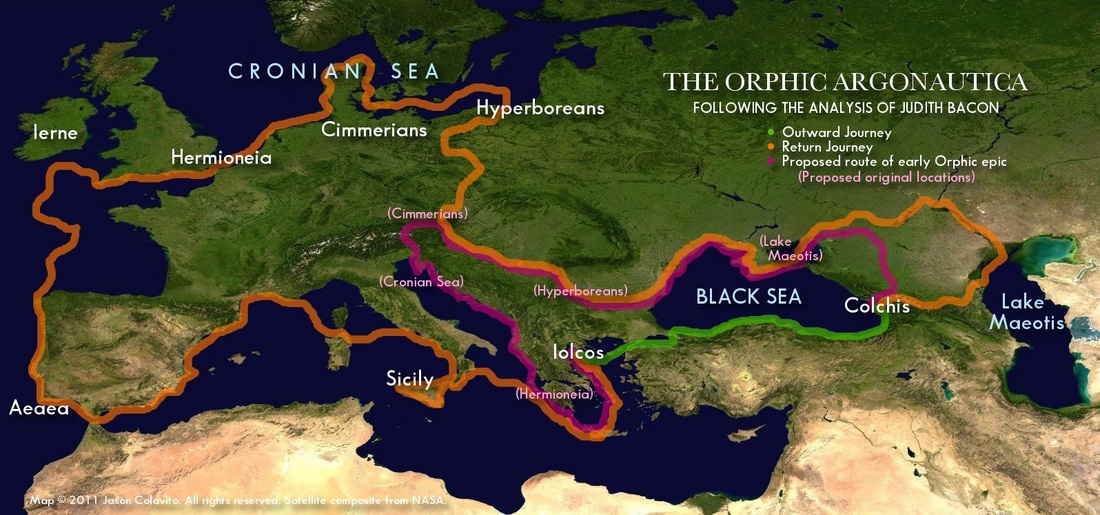
Well, here I am sitting at home, on a public holiday, writing a review of a book that I have just finished. Well, maybe I should be out doing something else, but sometimes just sitting at home with a hot cup of tea is just as enjoyable. Anyway, apparently there is a horse race on today, a race that apparently stops a nation. So, while everybody else is gathering around food and joining in office pools to get the chance of maybe winning some money, I am going to continue to sit here, on the second year in a row when I don't have to participate in this national event (seriously, it's a horse race) and actually do something that I enjoy doing. In fact if I don't find out who wins that race (though the Guardian app on my phone will no doubt tell me) it is going to be some knowledge that is simply going to have very little effect upon my life.
Anyway, the first thing that I have to say about this version of the book that I read, particularly since I just read another review where the writer suggests that the American cover of a certain book is a lot worse than the original cover (I've noticed that with some books, particularly the Discworld novels – the Kirby covers are so much better than the American covers), is that I found the cover to be rather boring. Basically it is a stone carving of Jason. This cover is so much better:

Though I don't remember any scene in the book where the Argo actually flies.
Anyway, I'm sure we are all familiar with the story of Jason and the Argonauts, where Jason is commissioned by the king to sail to the Land of Colchis and steal this golden fleece, so Jason brings together a crew of heroes and makes the perilous journey. Upon arrival he is given some impossible tasks by the king, who then betrays him after Jason successfully completes them, so with the help of the king's daughter Medea they slay the dragon guarding the fleece and then both nick off back to Greece. In fact I remember watching this old 1963 movie in Ancient History in High School based on this story. The one thing that I remember from the movie, other than the pretty cool special effects, was the army of skeletons that came out of the ground whom Jason then fought to the death. However, the one thing that disappointed me is that the movie ended with them sailing off into the sunset – there was no homeward journey.
Anyway, one of the things I like about these modern translations of ancient texts are the introductions because they give you a pretty good rundown of the context of the story. However I have to suggest that I found the introduction in this particular edition to be pretty dull. Okay, Rieu did tell us how back in his student days pretty much nobody liked the Argonautica (and my Classics history lecturer also made a similar observation) and the lecturers would use parts of it as unseens confident in knowing that nobody would have read it. Mind you, if I was studying at Oxford back then, and caught on to this practice, one of the first books I would have read would have been the Argonautica (and I'm sure some of the students would have cottoned on to this as well).
One of the things we must be aware of though, when approaching these ancient stories, is that the characters simply do not exist in a vacuum. These stories aren't like our modern novels where the characters (generally) have no existence prior to the novel or afterwards, and everything we know about the character exists within the novel. Many of these ancient stories are based on well established mythology, so when an ancient would pick up and read one of these epics they would already have a pretty clear idea of the character that the epic is about. As such many of the authors were pretty restricted in how they would create their epics, and in many cases simply tweaked the characters, or explored certain aspects of their personality.
Okay, I would have to say that maybe I have been influenced by the attitudes of many of the scholars when it comes to this book because I would hardly say that it is one of my favourites. However, it is still a rollicking good adventure. In fact this story has everything – heroes, monsters, battles, betrayals, witches, and of course a treasure. What we must remember is that Jason and his crew are little more than pirates. Okay, he is given the task by a king (who in his mind considers this to be an impossible task, namely because he was warned in a dream to beware of the man with one sandal, and the man who happens to rock up at his gates with one sandal is none other than Jason himself – though why the king didn't just kill him is beyond me), but he is still simply travelling to another land with the explicit purpose of raiding it and carrying off its treasure.
The thing with the composition of the Argo is that, unlike the Odyssey, the crew are all heroes. Among the crew we encounter Castor and Pollux (or more precisely Polydeuces, though I prefer the name Pollux much better), the musician Orpheus, and of course Heracles. However Heracles does pose a bit of a problem because he is such a famous character that having him as a part of the crew creates the problem that, more likely than not, he is going to steal Jason's thunder. It's sort of like where you cast a minor actor in a leading role, and then have Patrick Stewart in the supporting cast – it generally doesn't work. However the myth deals with this by having the Argonauts accidentally leave Heracles behind near the beginning of the journey (though Apollonius does make a comment about this because it does seem to be a bit odd).
The story itself is very episodic, much more so than the Odyssey. On the journey up we have Jason and his crew go through various encounters, including getting waylaid by an island of Amazons who killed off all the men and then realised that they need men to procreate so decided that the Argonauts fit that role perfectly. We also have the story of the man who would sit down to eat only to have the harpies dive from the sky, steal all of his food, and then leave again. We have a similar structure on the return journey, though for a while the Argonauts are being chased by the Cholcians. However, once they hit the Mediterranean we suddenly find them taking a very similar route back to Greece that Homer did.
Rieu makes a bit of a comment about this, suggesting that despite the Greeks being very familiar with this region during Apollonius' time, to keep with the mythology of the setting, Apollonius purposely was not very accurate in his descriptions. I'm not really convinced that Apollonius did this on purpose, simply because he was writing about events back in the age of mythology that happened almost two generations prior to Odyssey's travels. Jason isn't following Odysseus, Jason is actually travelling the route prior to Odysseus. Also, what Jason would have encountered as he traversed this route would have been much different to what Apollonius would have seen.
What is interesting is that there are two routes that Jason could have taken, Apollonius's route, and the Orphic route (and considering Orpheus was a member of the crew he probably was much more knowledgeable with the route they took – though it's not as if we have Orpheus' account – the guy is a mythological figure). Anyway, this is the route Apollonius uses:

This is the route attributed to Orpheus (which also includes Apollonius' route):

It is interesting that the Orphic route has them come out in the Baltic Sea and then sail around the coast of Western Europe back to the Mediterranean (and no doubt the Greeks, by the time of Apollonius, had sailed out that far – Herodotus does make mention of somebody circumnavigating Africa). However, it looks as if Apollonius wanted to keep it simple, and by using a similar route to that of Odysseus his readers would have been quite familiar with the area.


 Log in with Facebook
Log in with Facebook 










